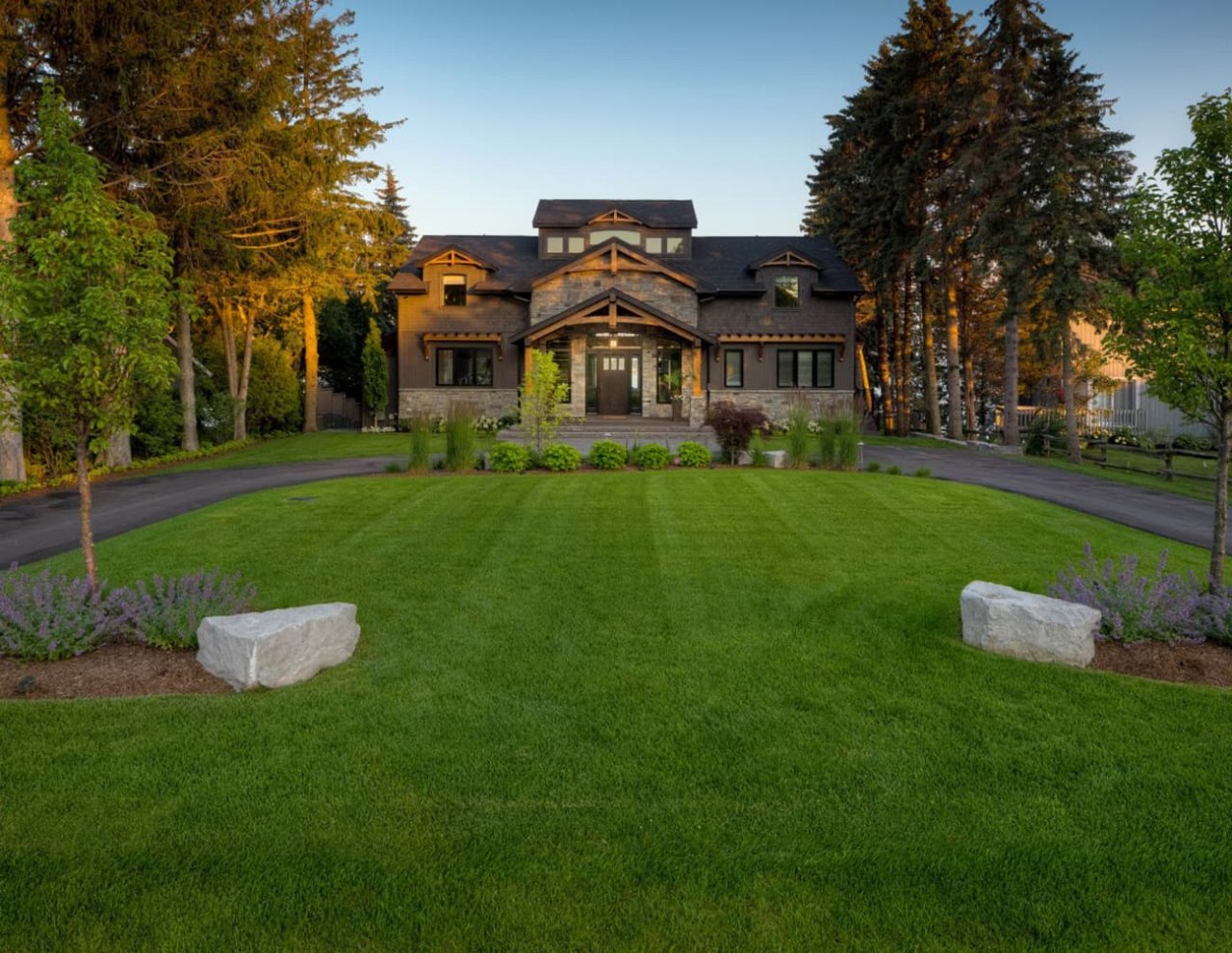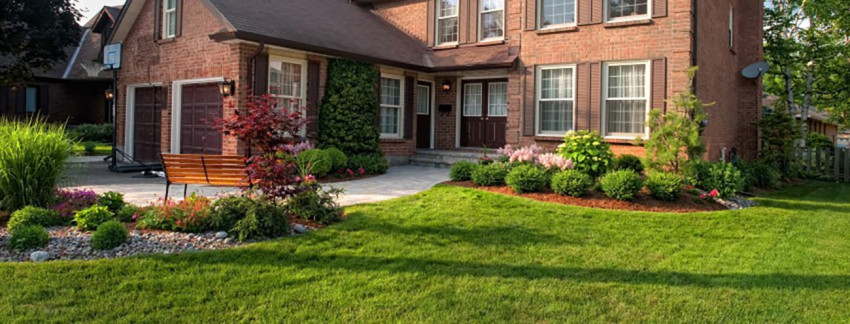Blog
Is Grass Good for the Environment?

What is turf?
Healthy turf is thick ground cover made up of densely packed and intertwining grass plants (a perennial), and the layer of earth below the surface held together by its roots. Whether turf is beneficial for the environment or not has been heavily debated but the answer isn't a simple yes or no. Turf is a living organism so the benefits it can have on the environment range greatly depending on its health.
What are the environmental benefits?
Healthy turf is highly efficient at cooling the surrounding temperature. On a warm day turf might be 72 degrees fahrenheit. By comparison, bare soil would be 98 degrees F, and asphalt would be 109 degrees F. However, turf is not just the grass we mow weekly, it’s more like an iceberg; more than 60% of its contents are below the surface. And this added volume is integral to carbon sequestration.
“An average sized healthy lawn is a carbon sequestering system that can capture as much as 300 lbs carbon per year…A practical example of carbon sequestration is that one soccer field can offset the carbon produced by a car driving 3,000 miles.” Additionally, the root network of healthy turf is a champion at storing and conserving water, thus slowing stormwater runoff and preventing erosion.
It’s important to note that with maintained turf there are hidden environmental costs such as mowing, fertilizer, pesticides, and irrigation. However, these very things are also what help maintain and improve turf health and therefore increase the turf’s ability to sequester carbon. Basically, the healthier the turf, the more carbon it can store.

Is an all-turf landscape still beneficial?
Let’s ask you this; have you ever seen a tree growing on the side of a cliff and wondered how it survives?
Plants, just like other living organisms, are able to communicate with each other. Beyond that, they’re also able to share resources through a mycorrhizal fungal network. This means that nitrogen (a key ingredient in soil health) produced by microbiomes and soil microbes can be accessed and shared with surrounding plants. Essentially, any healthy plant can share their resources to increase the health of the entire surrounding ecosystem. So that lonesome tree on a cliff is pulling from the surrounding network of living plants.
How do I identify healthy vs. unhealthy turf?
Healthy turf should be insatiably green, thick, and lush like a carpet. If you were to take a sample the roots would be deeper than 1.5” to 3”. Healthy turf should stay green all season long. During a drought healthy turf should be able to stay green longer into the drought before entering dormancy, but with the supplemental support of irrigation it could potentially stay green throughout a drought.
If your lawn is pale green, thin, hard and compacted, has brown spots or dead patches, a turf rejuvenation plan should be implemented to reap the benefits of a healthy turf population.

The takeaway…
At the end of the day we know healthy turf is a positive carbon sink that can be a beneficial part of maintained landscapes. It helps cool the surrounding environment, it supports the surrounding ecosystem, it captures rain water, and it has loads of physical and mental health benefits. As with almost anything, balance is key. Healthy turf can be just one component of a healthy, biodiverse, and environmentally sustainable landscape design.
Did this past winter leave your yard looking rough? Here are 4 steps to prepare your lawn for summer
Quote reference: BuckeyeTurf, The Benefits of Turf. The Ohio State University
Posted: April 26th, 2022
View More Posts

